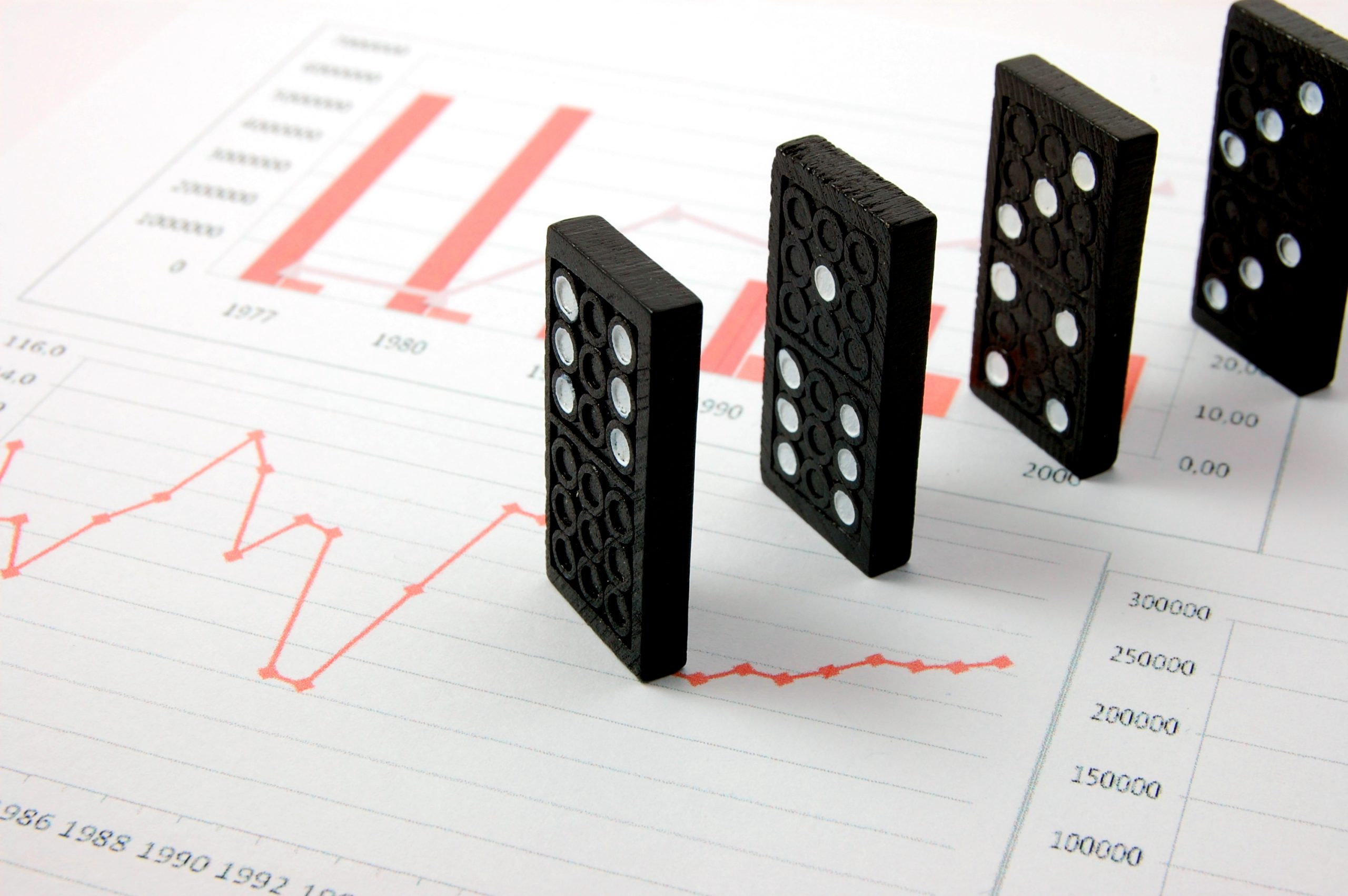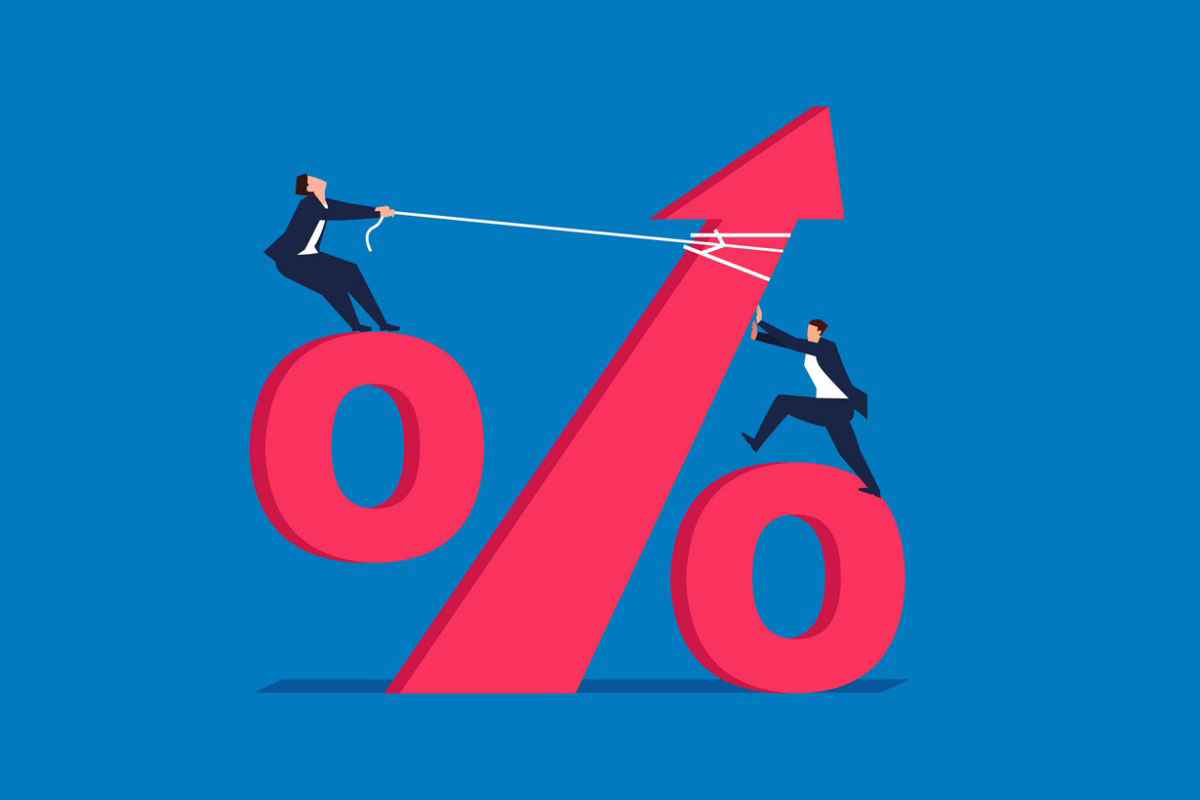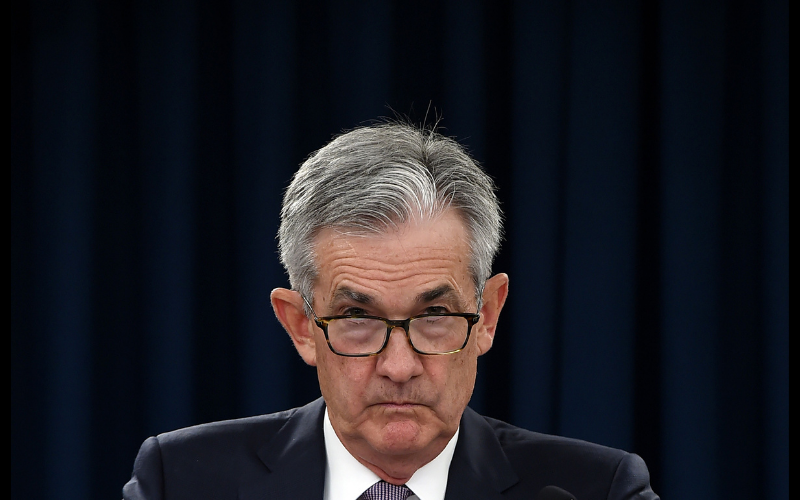
- Let the perfect be the enemy of the good
- Discipline can actually trip you into revenge trading
- Success depends on intimate understanding of failure
Let the perfect be the enemy of the good
There are, I think, two basic ways that most trades go sideways. The first is something that all of us do, pretty much daily – deviation from our setup. Deviations can be slight (oh look uptrend is setting up but price hasn’t quite made higher lows) to totally random (I am bored, this spike looks overdone, let’s short it).
Regardless of what version we choose (mild or totally random), almost all of us deviate from our intended setup with predictable consequences. In English there is a common saying – “Don’t let the perfect be the enemy of the good” – which I always thought applied to trading. But the longer I trade the more I realize that this is actually a very dangerous belief. In trading, unless the setup is perfect it’s never good.
That’s because all of our trading setups are basically encapsulations of human behavior and since human behavior has such massive variance the edge assigned to any given setup is razor thin. Deviate just a tiny bit and your accuracy rate is sure to suffer. That’s why staying true to your setup – something that many traders simply call “discipline” is so crucial to long term success. But our discipline is always tested and never tested more than when we actually follow all of our setup rules.
Tell me if this sounds familiar. You are coasting along taking your setup trades making bank and generally having a good day. Another perfect trade is setting up. You take it and boom the market suddenly does the exact opposite of what it is supposed to do. Before you can even glance at your blotter you are stopped out. Okay you say to yourself. That was weird, but I am still up, let’s see if I can continue to make money today. You scan the market and a few minutes later another perfect setup signal is forming. You enter, and now the trade simply sits there instead of breaking out as you expected it to. The price begins to trend against you – not violently, just slightly – but as it creeps further and further into drawdown it clips your stop and then quickly reverses in your direction and smoothly moves towards your take profit target without you. Now you are pissed beyond belief. All your morning earnings are gone and your only thought is. Get. The. Money. Back. When the dust settles you are inevitably poorer in your account, dejected and like an inveterate gambler making yet another false promise to never do that again.
Discipline can actually trip you into revenge trading
The cruel irony of trading is that nothing will tip you into a cycle of revenge trading faster than the very “discipline” of following your perfect setup. That’s because we view the failure of our setup as the act of ultimate betrayal. We were, after all, patient. We passed on many sub-optimal entries. We truly followed the rules to the dot. And what do we get in return? Losses!
I don’t think there is anyone who has traded for any meaningful period of time who hasn’t experienced this cycle of betrayal, anger, revenge and regret. It is the very nature of the game. But there are ways to short circuit this cycle and perhaps the simplest and easiest is to ask one key question.
Almost all of us spend all our waking hours looking for trading patterns that work. We are so monomaniacally focused on extracting just the slightest edge from the market, that when we find it all we want to do is start trading the setup. But our job is only half done. Finding a good setup and executing it perfectly will never make you money unless you ask yourself – how does it fail? If you can familiarize with every way that the setup fails in the past you will eliminate the element of surprise. The setup can never betray you because like a world weary East European you will expect betrayal at one point or another and know its exact form.
Success depends on intimate understanding of failure
Knowing exactly how a setup will fail will not help you to avoid the loss but it will help you deal with the loss more constructively. It may also help you improve your set up as well. Very often the difference between a successful and failed trade is just a matter of expanding volatility and losses could sometimes be turned into profits by doing more than widening both your stops and your targets.
In trading success is dependent on your intimate understanding of failure and although our natural instinct is to always run away from failure, trading forces us to embrace it, which is what makes the whole business both maddening and exciting at the same time.





